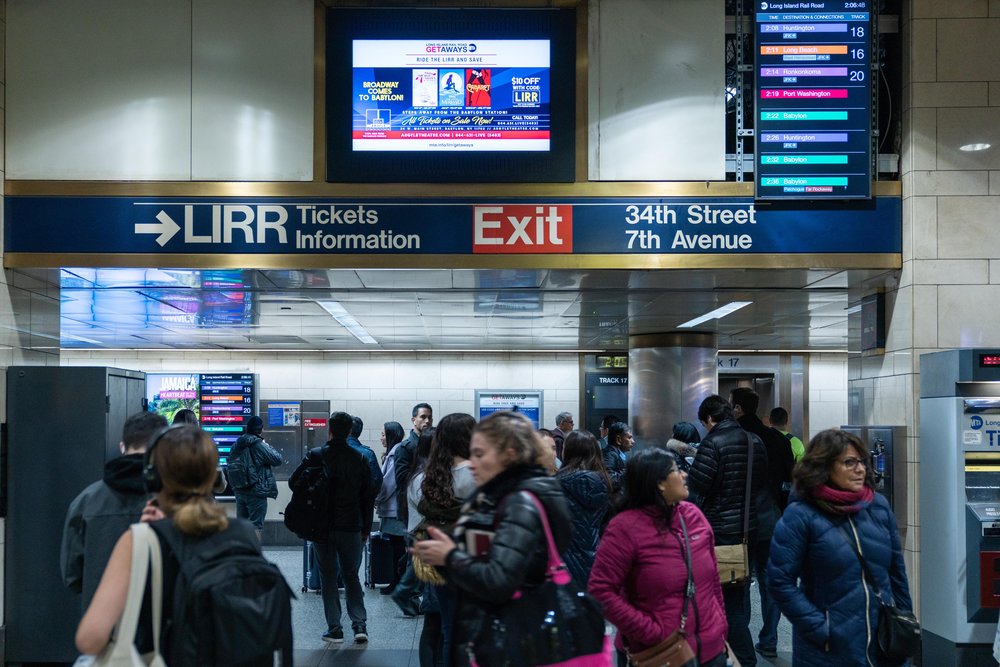Hudson River tunnel project will cost $2 billion more, take longer to complete, following further delay
Sept. 1, 2022, 5:26 p.m.
The project to build a new rail tunnel beneath the Hudson River and rehab an existing one will cost $16 billion and not be complete until 2038.

The costly Gateway Project has faced years of delays.
The cost of a project to repair a crumbling century-old rail tunnel beneath the Hudson River — and build a new tunnel for Amtrak and NJ Transit trains — has ballooned to $16 billion following years of delays.
The leaders of the Gateway Development Commission blamed “pandemic-related inflationary pressures,” delays from the Trump administration, and an increase in federal interest rates for the new price tag, which is $2 billion more than previous estimates.
The project, which officials say is necessary to avoid major disruptions to train service, is now expected to be completed in 2038. The commission had previously aimed to finish by 2031.
Despite the increased costs and extended timeline, the governors of New York and New Jersey reiterated their willingness to cover a quarter of the costs each. The federal government has pledged to pay for the other half.
“We remain committed to making investments to deliver 21st century infrastructure worthy of New Yorkers,” Gov. Kathy Hochul said in a statement on Wednesday evening.
The new estimate means the Gateway project will eclipse the Second Avenue Subway in costs per mile. The new Gateway tunnel will be 4.5 miles long and expected to cost $14 billion. That means the tube will cost about $3 billion per mile.
Refurbishing the existing 112-year-old tunnel, which was damaged by Hurricane Sandy, is expected to cost $2 billion.
The Second Avenue Subway project, which added three new stations on the Upper East Side, cost $6 billion – or about $2.5 billion per mile.
Alon Levy, a research scholar at NYU's Marron Institute of Urban Management, was surprised that Gateway’s price tag was greater than the first phase of the Second Avenue Subway, which was one of the costliest rail projects in the world.
Levy noted that Gateway doesn’t require construction of any new stations, which were the costliest part of the Second Avenue Subway. “That’s what grates me the most, the stations are usually the pain point,” Levy said.
Levy also noted that the tunnel is being built underwater, not below the Upper East Side.
“Maybe it’s a more constrained area than the Upper East Side, but I don’t think it’s so constrained that it should be four times as expensive as Second Avenue Subway, that’s wild,” Levy said.
Despite the soaring costs, regional transit advocates and politicians still call Gateway one of the most important transit projects in the country.
“Swallowing our lumps now will lead to a project completion without major cost or time overruns,” said Felicia Park-Rogers, director of regional infrastructure projects at Tri-State Transportation Campaign. “This project remains vital to our regional and national economies and transportation networks.”